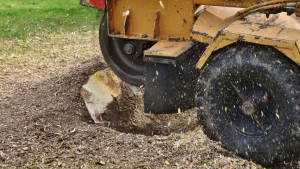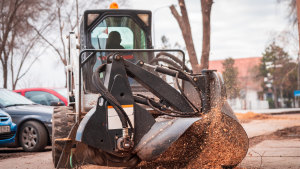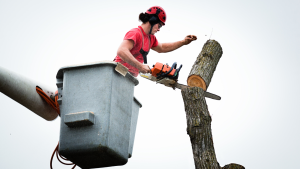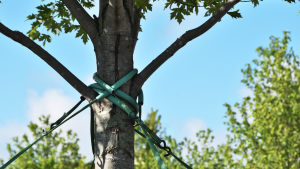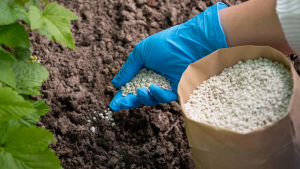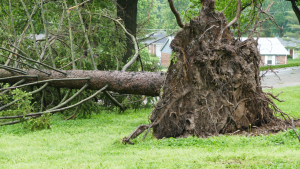Trees are allowed to play by their own set of rules in the forest. They have the capacity to spread their limbs widely, extend their branches as far as they can go, and send aging, frail limbs plummeting to the forest floor.
For good reason, the trees in our backyards and on our streets don’t have quite as much freedom. Of course, we want our trees to appear natural, but we also want to make sure they are strong and don’t pose a threat to our safety.
…and pruning is where it comes in! Read on to find out exactly what pruning is, why we do it, and how to do it, even if you’ve only heard the term and know it has something to do with trimming your trees.
Reasons to Prune Your Trees
One of the best things you can do for your trees is pruning. A correct pruning is an investment in your plants’ long-term health as well as the overall appearance and security of your property.
Many of these advantages result from tree trimming!
- Branch that is dead, broken, or damaged, say goodbye.
- Protect your property against potential branch damage.
- By removing old branches, you encourage trees to produce wholesome, new growth.
- To prevent branches from hanging over the roof or extending into power lines, train trees to grow according to your preferences.
- Give your trees a tidy, polished appearance that will improve your entire environment.
- Provide a solid foundation for the tree’s long-term health.
Different Methods of Tree Pruning
Various tree pruning techniques are required for different tree aims. Below is a list of the most typical types:
- Reduced density results in the removal of limbs all the way back to the original branch. It is a technique for clearing a full canopy so that more light can enter.
- Health maintenance is similar to tuning a tree. To give the tree a neat appearance, simple cuts are utilized to remove dead, ill, and broken limbs.
- A tree’s height or width is reduced via size management cuts. This technique often removes a large tree or shortens branches that are encroaching on utility wires.
- One or more of the aforementioned techniques may be used in structural (subordination) cuts to enhance the long-term structure and health of a plant.

